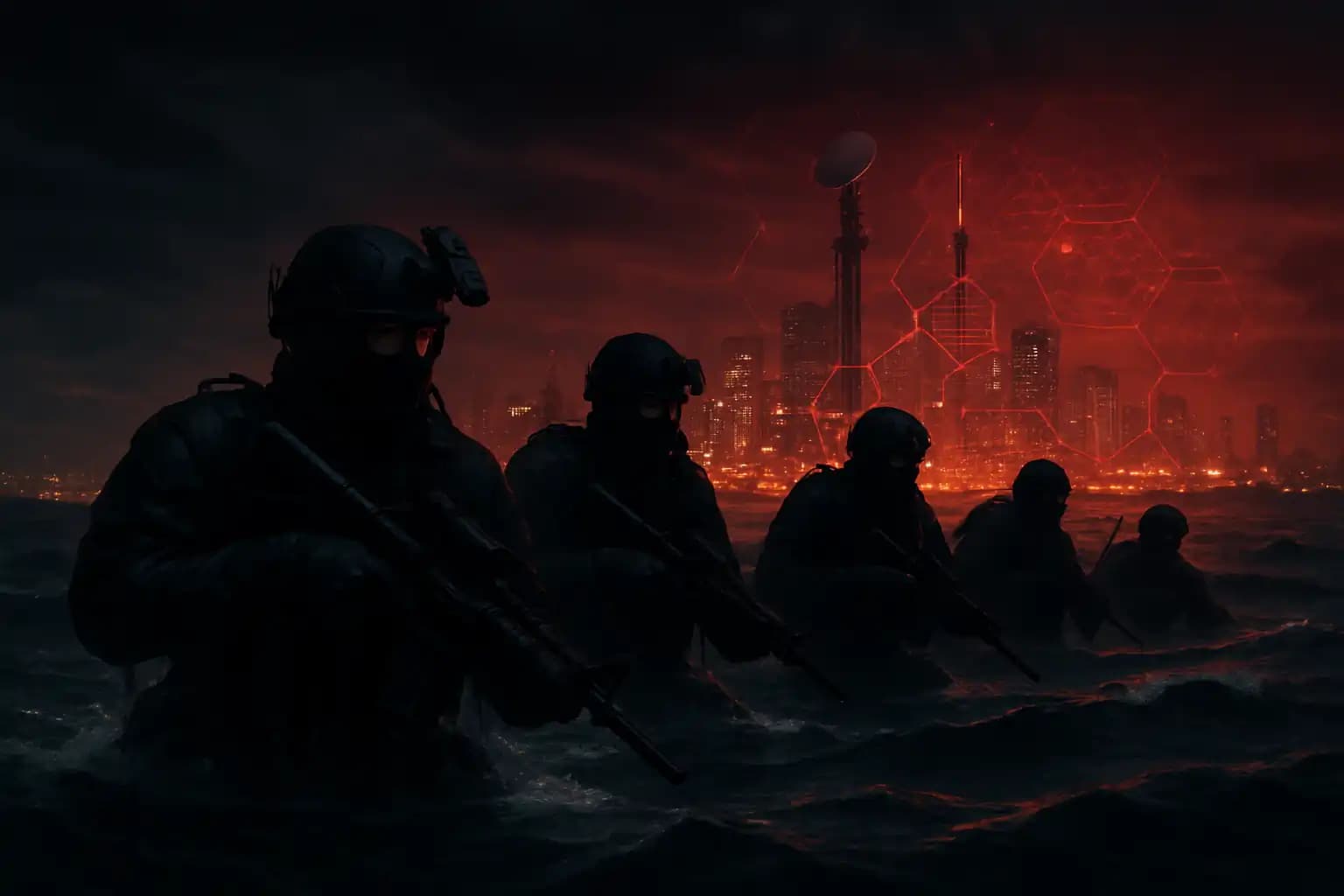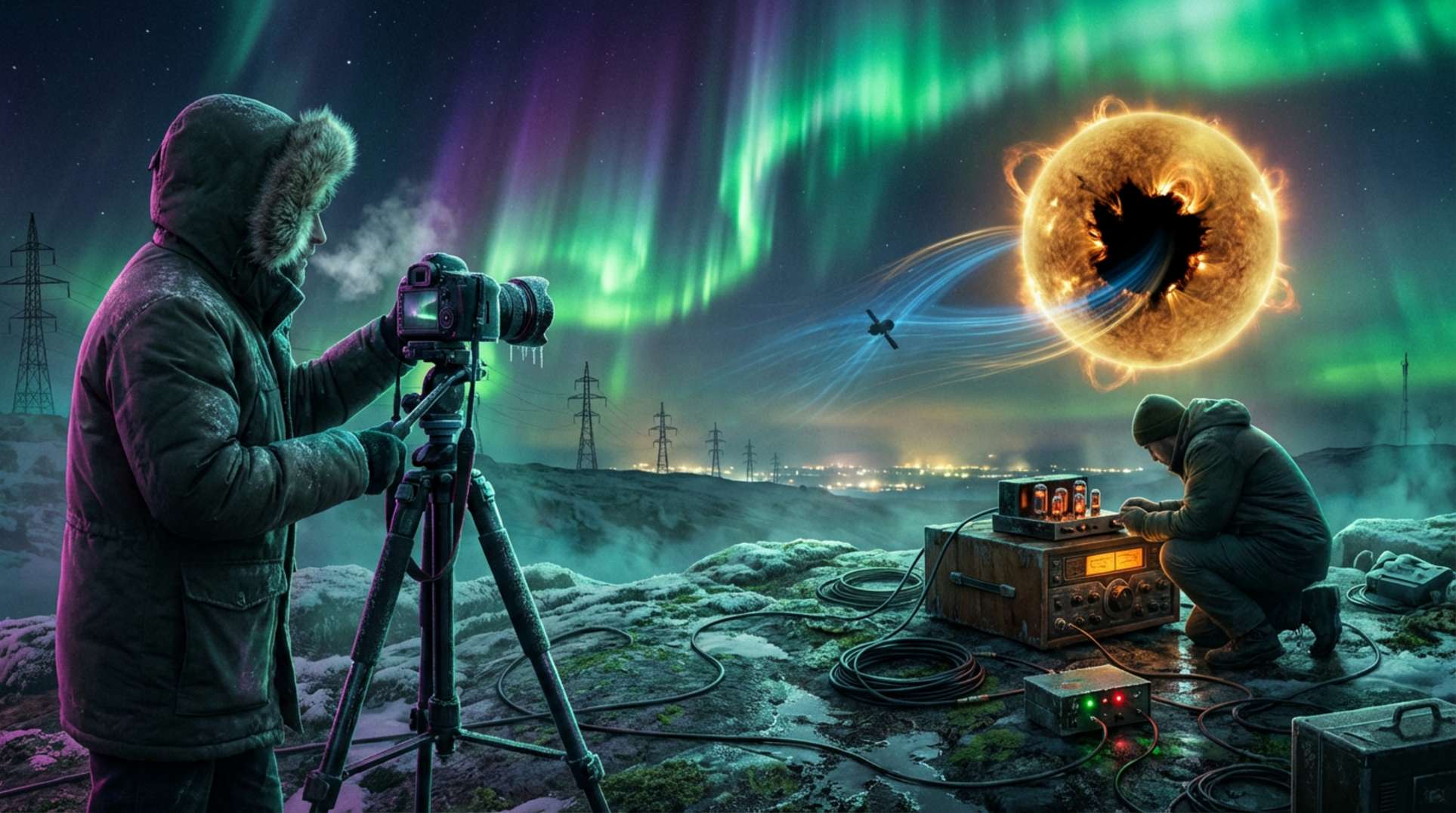A cold wind blows over the Pacific, stoking fears of a new world war. The military-industrial rumor mill churns: America’s most secretive warriors, like those in SEAL Team 6, focus intently on China. The Indo-Pacific is more than a chessboard for carrier fleets and spy satellites. Recent conversations with US special operators and analyses from Army Recognition and Business Insider reveal that tomorrow’s frontline resembles a digital Cold War. This war could feature nuclear drones, cyber saboteurs, and $500 million AI-powered submarines.
Why the renewed focus on special ops? The US fears losing a conventional war with China. Analysts from Small Wars Journal indicate that China’s rise involves “gray zone” conflicts—military threats, cyber hacks, and information operations too deniable for NATO yet too dangerous to ignore. In this shadow war, SEALs are crucial. The US Navy’s elite SEAL Teams have mastered information warfare, sabotage, and countering covert Chinese moves across Asia. The pivot from fighting extremists to preparing for peer-to-peer conflict is evident in unofficial briefings and recent military reforms.
Special Operations at the Center of US-China Rivalry
Gone are the days when SEAL Team 6 hunted warlords at night in Middle Eastern deserts. Today’s strategists understand the weaponized geography of the South China Sea, where a few underwater explosions could disrupt trade and trigger an economic meltdown. A senior Pentagon official emphasized in a December 2024 DOD report that US Special Operations Forces are returning to their roots. They adapt to the rivalry with China and Russia rather than focus solely on counterterrorism (Army Recognition).
This pivot includes new amphibious tactics, information warfare, and support for allies near China. Expect more “deniable” operations—hacks, psychological campaigns, and underwater sabotage—like past great power competitions, but with highly advanced technology. You’ll need a decoder ring and strong Wi-Fi just to keep up. Internal investigations and scenario planning, like those in emerging war forecasts, reveal how much is at stake in these shadow battles.
Modern Warfare: From AI Drones to Gray Zone Tactics
Modern special operations leverage cutting-edge technology: autonomous drones, cyber intrusions, and “digital camouflage.” It’s no longer enough to rely on strength. The arms race now centers on who can remain invisible in digital spaces, jam signals, or disrupt logistics chains at critical moments. As gray zone strategies multiply, SEALs must keep pace with attacks that skirt outright war. The US, aware of China’s ambitions and rapid advancements noted in recent tech breakthroughs, acknowledges the need for elite units to strike back decisively and unexpectedly. Analysts warn that tomorrow’s warriors may wield laptops and electromagnetic pulses as readily as rifles and rafts.
This evolution ties directly to new intelligence on China’s global takeover plans and the urgent need for US forces to maintain an asymmetric advantage. If those cyber weapons, surveillance systems, or experimental drones fail, future conflicts might erupt without any soldier crossing a border.
Lessons from Past Conflicts and Warnings for the Future
History rarely repeats but often rhymes. The echoes of past great power declines are significant. A SEAL Team 6 veteran cautioned off-the-record that tech-heavy empires often collapse when multiple disasters converge: solar flares, cyber blackouts, or mass unrest as detailed in collapse scenarios. Imagine a “Black Hawk Down” replay driven by quantum code; a few disastrous nights could unleash chaos on both physical and digital fronts.
For those who remember—and stock their bunkers—the warning signs are clear. Military planners analyze ancient lessons about overreach, distraction, and ignoring domestic vulnerabilities. They understand that when the veil tears, as hypothesized in investigations of transformative events, it creates not just new threats but new opportunities.
Elite Operators, Unpredictable Wars, and the Road Ahead
The key question isn’t how SEAL Team 6 would engage in a war with China but whether any party could claim victory. Their experience—shaped by rigorous training, technological prowess, and adaptability—epitomizes the future of warfare, and perhaps society itself. The tempo quickens, risks escalate, and the boundary between war and peace blurs—like a mythical veil.
For those stockpiling freeze-dried rations and rotating backup generators, here’s the bottom line: what lies ahead will challenge systems, alliances, and nerves in unprecedented ways. To track this shadow war, don’t just follow the headlines—delve into resources like Unexplained.co, and consider how to disable GPS and go dark. Prepare for potential upheavals; in the 21st-century shadow war, “interesting” may be the biggest understatement since someone labeled World War II “that little skirmish.”





